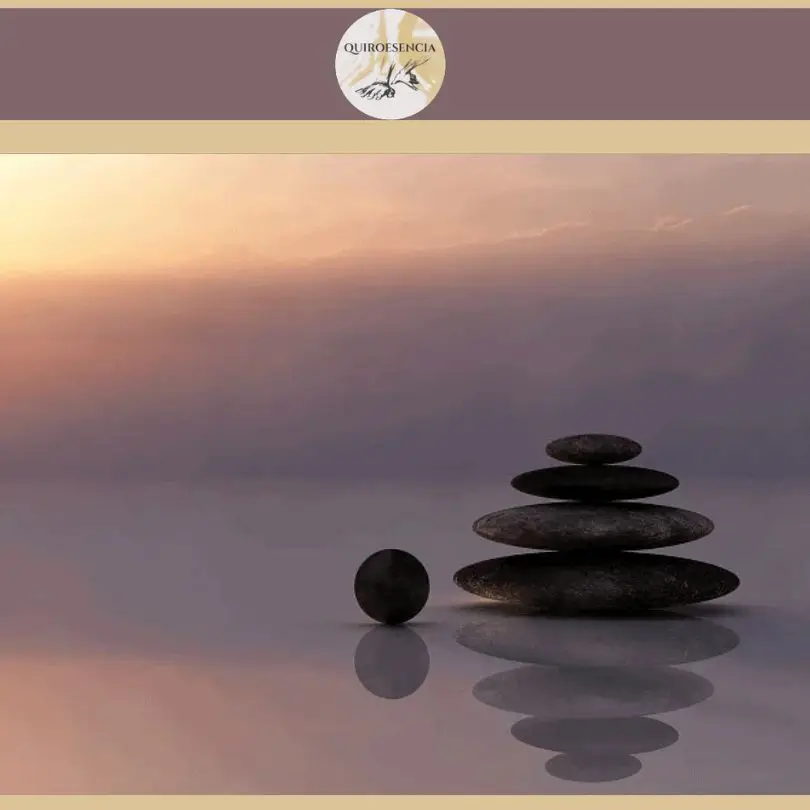Mindfulness meditation is a powerful tool which can be integrated in various ways into a yoga session.
In the yoga classes in Granada of Chiroesence, we create an environment where practitioners can look inward and focus on what they need that day, rather than achieving perfect posture.
Every body is different, and every day is different, and the same posture does not work for every practitioner. A mindfulness approach to yoga practice is a very effective way to learn to read the body and its needs moment by moment.
Mindfulness and yoga: a winning combination
Some effective ways to incorporate Mindfulness, also known as full attention meditation, in a yoga session includes the use of conscious movement, breathing, visualization and somatic practices.
1. Conscious movement
Mindful movement involves practicing yoga poses with awareness and intention.
During a yoga class, students can be encouraged to focus on the sensations in your body as they move from one position to another.
By bringing their attention to the present moment, students can cultivate a sense of mindfulness that can help them stay present and focused throughout their practice.
2. Breathing
Breathing is an essential aspect of mindfulness meditation.
By focusing on the breath, students can be more aware of your body and mind. During a yoga class, students can be guided to focus on their breathing as they move through the various poses.
This can help them stay present and focused, and cultivate a sense of calm and relaxation.
3. Visualization
Visualization is a powerful tool for cultivating mindfulness.
During a yoga class, students can be guided to visualize a calm scene or a positive image while doing the various poses.
This can help them stay present and concentrated, and to cultivate a sense of calm and relaxation.
4. Somatic practices
Somatic practices consist of paying attention to the bodily sensations.
During a yoga class, students can be guided to focus on their body sensations, thoughts, and emotions or beliefs that may arise as they move through the different poses.
This can help them become more aware of their bodies and cultivate a sense of mindfulness.
The benefits of mindful yoga
The benefits are many when one practices mindful yoga. Considered “the father of mindfulness,” Jon Kabat-Zinn includes a mindful yoga practice in his mindfulness-based stress reduction programs.
Let's look at some of your ideas on mindful yoga and also take into account that each person experiences an evolution in their way of being differently through a mindfulness practice.
However, here we explain some common benefits when practicing mindful yoga.
1. A deep sense of self-awareness and openness to oneself – knowing the essence of the self
Generally speaking, practicing mindfulness leads to a broadening of your perspective and understanding of who you are (Kabat-Zinn, 2005).
With mindful yoga, we learn to be acutely aware of habitual patterns of reactivity. For example, do you hold your breath when you go deep into a twist? Do you feel agitated or angry during challenging poses and wish they would end?
This type of acute mind-body awareness It becomes a tool of transformation outside of yoga practice, as it is through awareness that we develop our ability to see and be with things as they are.
Training our awareness helps us move away from characteristics that slow our growth, such as resistance to what is, adopting the role of victim, and reacting instead of responding (Dodd, nd).
2. Helps face the challenges of everyday life / decreases reactivity
This practice encourages patience and discourages reactivity on the mat, which in turn leads to greater patience and less reactivity off the mat.
This can be seen in all areas of life, including work, relationships, social life and leisure activities (Moss, 2018).
This increased patience It can make it easier to deal with conflicts and confrontations, as, with practice, we learn to stop and reflect before reacting, following our patterns.
3. Acceptance
We learn to let go and accept situations just as they are at that moment. Bringing this into everyday life can be of great value, since when we accept a perceived negative situation as it is, we begin to neutralize it and move through it more easily.
Acceptance is even known to help people with depression, as by beginning to accept depression, you take away its power and realize that it is just a thought and feeling, it is not you.
Practicing acceptance on the mat prepares you for real life, since you really can't choose what happens next. Mindful yoga teaches you to adapt to circumstances.
4. A greater sense of compassion and lack of judgment towards oneself and others
Increased compassion, kindness, and understanding are characteristics we can take off the mat and apply into our daily lives through practice.
As conscious yoga increase your awareness and understanding of truth, whether of the body, feelings, mind, or dharma, deepens your recognition of basic goodness in yourself and others (Isaacs, 2008).
Specific “heart opening” poses throughout the yoga practice are also intended to support a healthy, open heart (this refers to the emotional aspect, not the physical).
Since the heart chakra is related to our ability to give and receive love, regular mindful yoga practice helps heal emotional blockages and release negative beliefs.
5. Deepen your personal yoga practice
Another is that it can give greater depth and meaning to your personal yoga practice.
For some, after many years of practice, yoga can become a daily chore or simply a form of exercise.
When the practice begins to become something you do automatically through routine movement and not through conscious thought, it is no longer yoga.
Conscious yoga, by its very nature, It takes you off "autopilot" and immerses you deeper in your practice.
It can also act as a bridge between asana practice and meditation practice, especially for those who do not have much experience or understanding of meditation techniques.
In Quiroesencia you can enjoy yoga and mindfulness sessions
In general, integrating mindfulness meditation into a yoga class using mindful movement, breathing, visualization, and somatic practices can help students cultivate a sense of mindfulness, stay present and focused, and cultivate a sense of of calm and relaxation.
Do you want to try it for yourself? Don't hesitate and make a reservation in our center.
In this way, you will be able to verify all the benefits that are obtained with this combination both at the level of body and mind.
We will wait for you!





